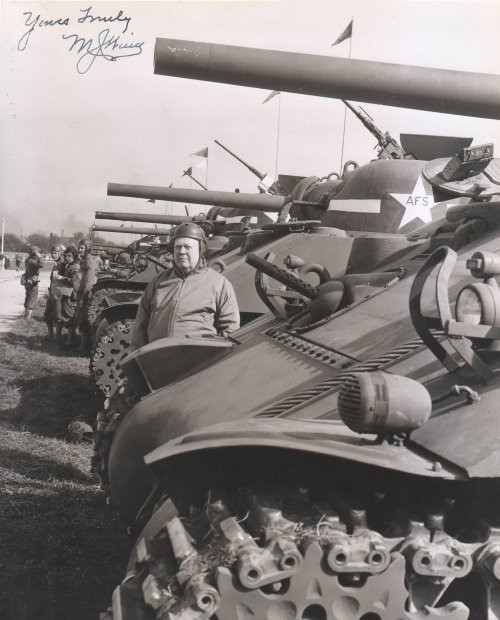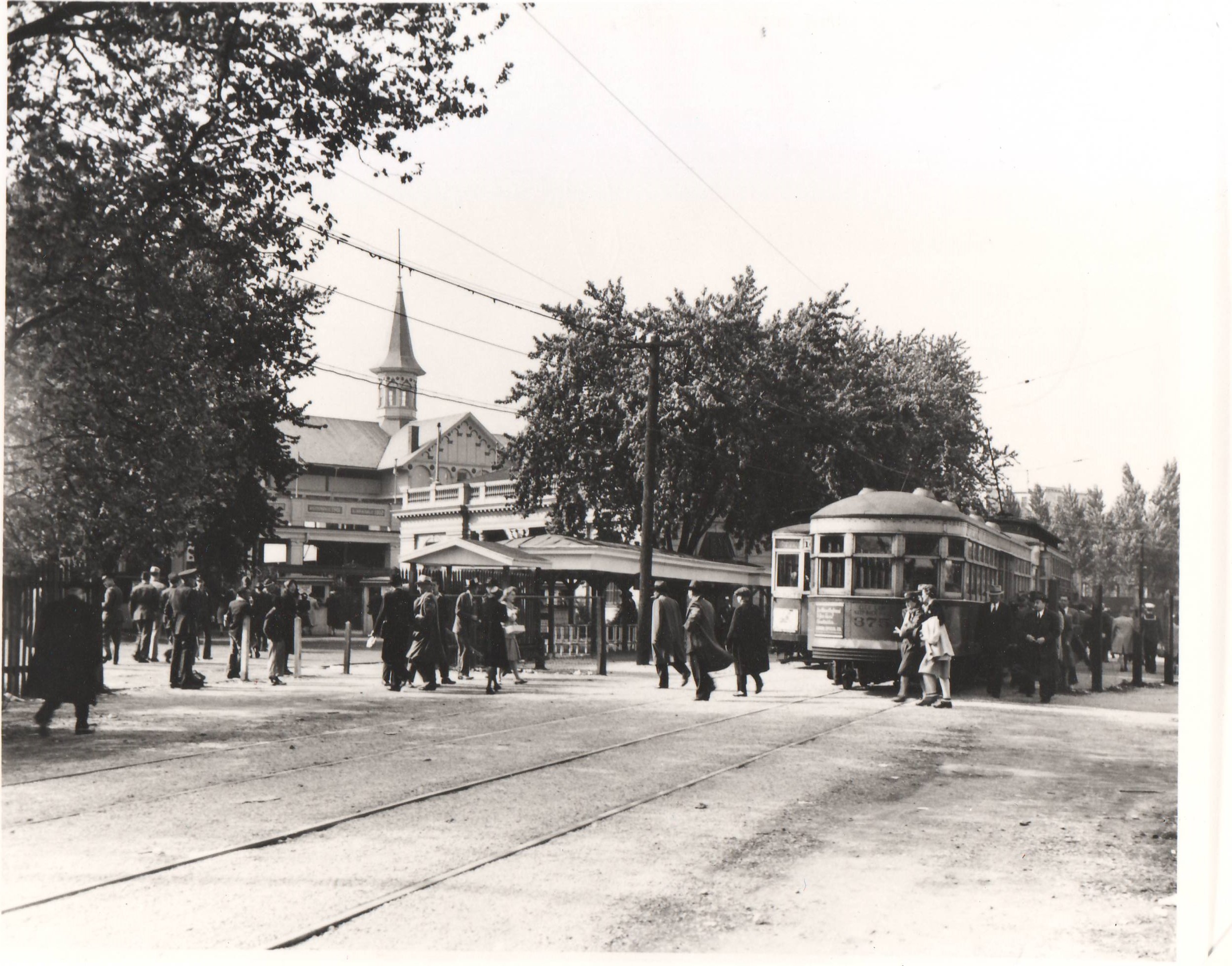The Kentucky Derby: An Enduring Tradition

All photos featured in this blog post are credited to Churchill Downs Racetrack.
As it became apparent that COVID-19 was a threat to the Derby’s traditional placement on the first Saturday in May, many were relieved to hear that Churchill Downs, Inc. had been proactive and moved the event to September 5, 2020. During the press conference announcing the change, CEO Bill Carstanjen stated, "Our team is united in holding the best Kentucky Derby ever and certainly the most unique in any of our lifetimes. While we are always respectful of the time-honored traditions of the Kentucky Derby, our company's true legacy is one of resilience and embracing of change and unshakable resolve.” This year will be the first time since 1945 that the Run for the Roses will not take place on the first Saturday in May.
Of course, that is the time period of World War II, and its impact had been felt on the Kentucky Derby throughout the 1940s. In 1942, the infield hosted cavalrymen, tanks and other armaments from Fort Knox for an event popularly known as “Camp Winn,” named for long-time Churchill Downs executive Matt Winn (see above featured image). This initiative raised $120,000 for the Louisville War Fund. In 1943, government restrictions on travel threatened attendance at the Derby. Winn led an active letter-writing campaign to have out-of-town fans return their tickets. The 1943 running was dubbed the “Street Car Derby,” as it was mostly locals that made up the 60,000 in attendance.
Streetcars at Churchill Downs, photo credit Churchill Downs Racetrack.
However, the year 1945 provided the greatest threat. In January, a federal ban on racing was enacted as it was a drain on crucial resources needed for the war effort. Upon the announcement, The New York Times spoke with Churchill Downs officials who were “thinking of some way the 3-year-old classic, first run in 1875, can be perpetuated.” Word quickly spread that Churchill would host the Derby with no spectators and no betting if necessary.
By February, a desire for certainty with the Kentucky Derby grew stronger, as rumors circulated that some tracks might begin operations while others would remain closed. The Times again reported: “Col. Matt J. Winn, head of Churchill Downs, yesterday spiked reports that the 1945 Kentucky Derby would be shifted to a New York track should limited New York racing be permitted this spring. Winn told The United Press the Derby would be run at his Kentucky track or not at all.” The need for the continuance of tradition was felt nationally.
As luck would have it, when the Germans surrendered in May, the racing ban was lifted. Churchill Downs chose June 9 to replace the regularly scheduled date of May 5. As fans knew the threat of cancellation was real, anticipation for the 1945 running was very high. Over 75,000 attended, an amazing amount considering the short notice, and a then record $2.3 million was wagered on Derby Day, $776,408 for the Derby alone. In a time of turmoil and uncertainty, America turned to a great tradition for solace.
Although still in the midst of COVID-19, a new Kentucky Derby date has created a new goal for which to strive. Many in the industry balance the uncertainty of the immediate future and a change in plans for their Thoroughbreds with a need for continuance of the Derby tradition. Many have had sentiments similar to trainer Bob Baffert who told industry publication The Blood Horse that although the safety of humankind is most important, at least they didn’t cancel the Derby.
Traditions provide an anchor for us in a constantly moving world. Since its inaugural running in 1875, the Kentucky Derby has served as such. This international sporting and cultural event brings people together at a specific place and time to share a unique experience with family and friends. As we move past a calamitous time, this tradition may become even more important, just as it did for those coming out of wartime in the 1940s. We look forward to connecting with you on September 5, whether it is here at Churchill Downs or anywhere in the world, to embrace this tradition once again.




